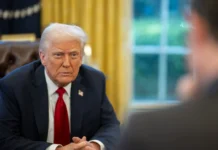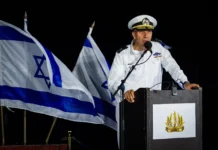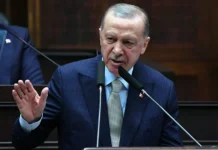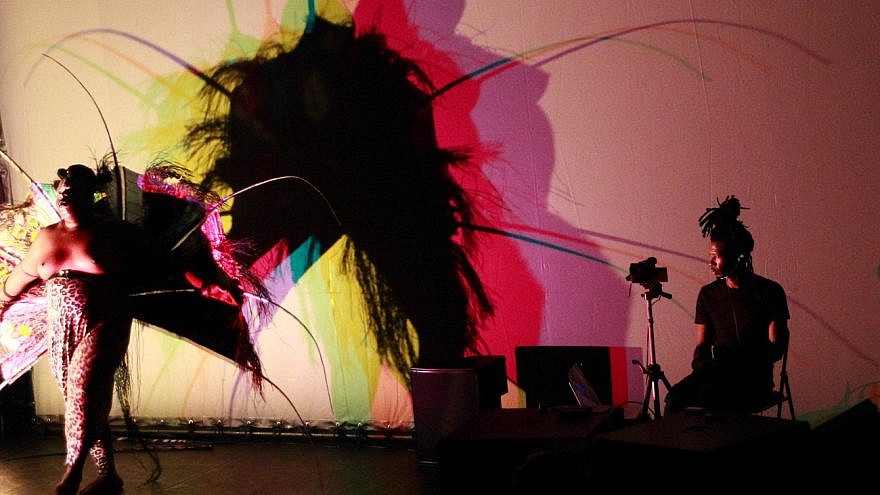Established in 1961 as a classical music festival in Caesarea, the Israel Festival, now in its 58th year and which runs this year from May 30 to June 15, was “relocated” to Jerusalem in the early eighties by the late Jerusalem Mayor Teddy Kollek.
The eighties were kind to the capital, which was home to Israel’s governmental institutions, world Zionist organizations, the Hebrew University, the National Library, the Israel Museum and more. These were the years following the reunification of Jerusalem in 1967, and the city was busy learning how to manage its complex political, religious, economic, social and cultural realities.
The Foundation’s motto was positively apolitical: to look beyond “the conflict” and serve the daily needs of the city residents and visitors. It was as pragmatic as it was naive; the accelerated development met a stubborn political reality, accompanied by ongoing security tension, religious fanaticism, social disparity, cultural differences and acute demographic shifts that continue to impact present day Jerusalem.
Still, it was then, in the late seventies and through the early nineties, that the foundation of today’s cultural landscape was laid: the Jerusalem Music Center, Jerusalem Cinematheque, the Khan Theater, the Train Theater, the Yellow Submarine (a live music venue, recording studio and rehearsal hall), the Sam Spiegel Film and TV School, The School of Visual Theater, the Vertigo Dance Company, the Science Museum, the Tower of David Museum, the Biblical Zoological Gardens and more. Indeed, it’s hard to imagine Jerusalem without all these beloved cultural icons.
But what does it really mean to run a cultural organization in Jerusalem?
“Take the Israel Festival, which I am proud and humbled to direct, as a case study” says Eyal Sher. “Like many festivals around the world, the festival is not merely a cultural event but an important stimulant, advancing education, empowering community, encouraging tourism and fueling the economy. But in Jerusalem, its most important role is no doubt facilitating encounter and dialogue.”
Revered for its rich history, holy sites, beauty and spirituality, Jerusalem is also the epicenter of the Arab-Israeli conflict, beleaguered by deadly terrorist attacks and violent hostilities, strained by religious tensions and economic disparity. With 270,000 Palestinian Arabs, 190,000 ultra-Orthodox Jews and 480,000 secular or traditional Jewish residents, as diversified as Jerusalem is, it is also acutely fragmented and polarized.
“Against this backdrop, presenting shows from around the world and from Israel, the Israel Festival is a beacon of artistic freedom, promoting tolerance and understanding, humanizing ‘the other’ and dissolving real and imaginary barriers between the diverse communities that share the city,” says Sher.
In the program book of the ninth festival, in 1969, Pablo Casals writes in a heartfelt Peace Message: “[M]usic, that wonderful and universal language which is understood by everyone, should be a source of communication among men. I once again exhort my fellow musicians throughout the world to put the purity of their art at the service of mankind in order to unite all people in fraternal ties.”
The festival continues its tradition of integrating the old with the new. Alongside contemporary content, often characterized by multi-disciplinary forms, the festival features a number of performances inspired by classic masterpieces of the world, in a range of exciting and surprising adaptations by contemporary artists from Israel and abroad. There are guest performances from South Africa, Switzerland, France, Brazil and Poland as well as premiere performances from Israeli productions.
In addition to venue performances, the festival challenges artists from Israel and the world with site-specific events in Jerusalem’s unique setting. These include the Islamic Museum of Art, the Museum of Natural History, the Tower of David, the downtown area, as well as the Eden-Tamir Music Center in Ein Kerem. Some performances invite audiences to take an active part, thus becoming an inseparable part of the artistic happening.
Over 30,000 visitors, Israelis and tourists alike, enjoy the Israel Festival each year. This year, there is a new edition to the festival’s line-up: the “Festivan.” The Festivan, a mobile stage truck, will bring a pop-up music show to different neighborhoods of Jerusalem for all to enjoy. The music will range from hip hop and spoken word to Mexican rock and Azerbaijani soul music.
“Running a cultural organization in Jerusalem is a bit like being a pioneer in the early days of the Zionist Movement,” says Sher. “It requires passion and resilience, a bit of naivety, a lot stubbornness and above all, a vision of what we believe this incredible city could be, what it should be, what it deserves to be.”


























